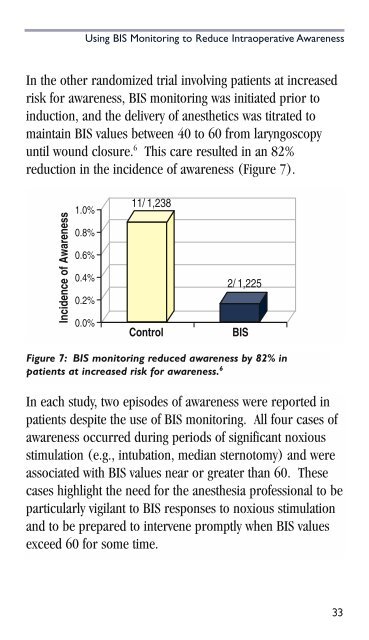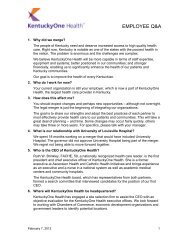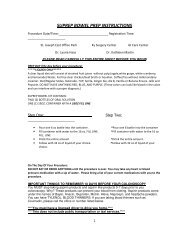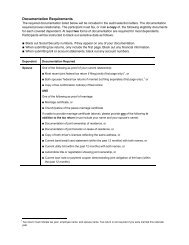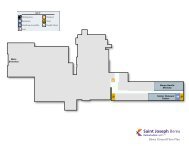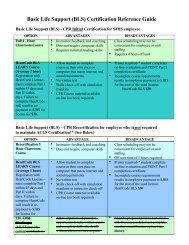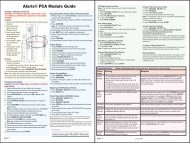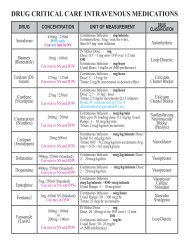BIS guide for clinicians
BIS guide for clinicians
BIS guide for clinicians
You also want an ePaper? Increase the reach of your titles
YUMPU automatically turns print PDFs into web optimized ePapers that Google loves.
Using <strong>BIS</strong> Monitoring to Reduce Intraoperative Awareness<br />
In the other randomized trial involving patients at increased<br />
risk <strong>for</strong> awareness, <strong>BIS</strong> monitoring was initiated prior to<br />
induction, and the delivery of anesthetics was titrated to<br />
maintain <strong>BIS</strong> values between 40 to 60 from laryngoscopy<br />
until wound closure. 6 This care resulted in an 82%<br />
reduction in the incidence of awareness (Figure 7).<br />
Incidence of Awareness<br />
1.0%<br />
0.8%<br />
0.6%<br />
0.4%<br />
0.2%<br />
0.0%<br />
11/ 1,238<br />
Control<br />
2/ 1,225<br />
<strong>BIS</strong><br />
Figure 7: <strong>BIS</strong> monitoring reduced awareness by 82% in<br />
patients at increased risk <strong>for</strong> awareness. 6<br />
In each study, two episodes of awareness were reported in<br />
patients despite the use of <strong>BIS</strong> monitoring. All four cases of<br />
awareness occurred during periods of significant noxious<br />
stimulation (e.g., intubation, median sternotomy) and were<br />
associated with <strong>BIS</strong> values near or greater than 60. These<br />
cases highlight the need <strong>for</strong> the anesthesia professional to be<br />
particularly vigilant to <strong>BIS</strong> responses to noxious stimulation<br />
and to be prepared to intervene promptly when <strong>BIS</strong> values<br />
exceed 60 <strong>for</strong> some time.<br />
33


